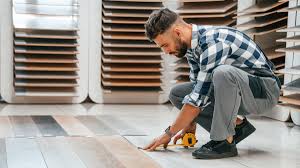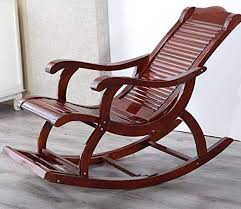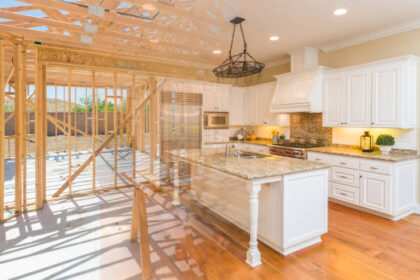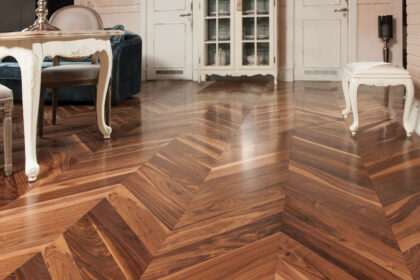I’ve lived in Miami for over a decade now, and if there’s one thing I’ve learned the hard way, it’s that painting your house here is nothing like painting it anywhere else. It’s not just about picking a nice color or hiring someone who knows how to hold a brush. You’ve got to deal with humidity, and I mean serious humidity. The kind that makes your walls sweat before your morning coffee is done brewing.
The first time I painted my house, I went with regular paint from a big-box store. Looked great for a few weeks. Then it started bubbling and peeling like sunburn. I thought maybe I messed something up during the prep. Turns out, it wasn’t just me, it was the Miami air. The moisture here is no joke. And if you don’t plan for it, even the best paint job won’t last long.
So if you’re thinking about house painting in Miami, Florida, don’t just jump in with whatever paint is on sale. I’ve made the mistakes, and I’ve also found the stuff that works. Here’s what I’ve learned about painting in this climate, plain and simple.
Why the Humidity Here Wrecks Paint Jobs
Ever try to dry a towel outdoors in August? It takes a lot of time. Just now, think of that very dampness encased between your wall and the paint. If you do it under humid conditions, that’s exactly what happens. The moisture has no escape; therefore, it just lounges there, causing chaos to the paint, either getting it lifted or bubbled up. It won’t stop until it has completely taken over.
I have come across mildew behind the paint on the ceilings of the bathrooms and even on the walls of the outdoors, where the sun hardly reaches. It is nasty and it gives off a terrible smell. This is the reason it is not only about the paint that you are using, but also about how the surface is being prepared and when you are going to do the actual painting.
What Type of Painting Is Perfect for This Area?
I will tell you frankly that I am not a paint brand fan. I have tried Sherwin-Williams, Behr, and Benjamin Moore. What is more important is the performance of the paint. Buy paint that is labeled moisture-resistant or mildew-proof. It should also be labeled “100% acrylic”. This type of paint can withstand the conditions in this area much better.
Moreover, do not consider flat finishes. They are attractive; however, they absorb water just like a sponge. I usually apply satin or semi-gloss finishes, particularly in bathrooms, kitchens, and on exterior walls. Also, cleaning is easier.
When to Paint (and When to Just Wait)
You really need a few dry days in a row. I usually wait until late October or early April. Summer? Forget it. It rains almost every afternoon, and the humidity is ridiculous.
Also, don’t paint early in the morning. Let the dew dry first. The same goes for late evenings when the air is thick and damp again. I’ve found that late morning to early afternoon is the sweet spot, assuming there’s no rain coming.
Prepping the Right Way (Trust Me, This Matters)
Prep is everything. I used to skip steps because I was impatient. Big mistake.
Here’s what I do now:
- I power-wash the outside walls and let them dry for at least a day.
- If I’m painting inside, I run a dehumidifier for a day or two before painting.
- I use a primer that blocks moisture and mold. Yes, it’s extra money, but it saves you from repainting a year later.
- I always caulk around windows, doors, and any little cracks in the wall. Even hairline cracks let moisture in. Caulk is cheap. Use it.
If You’re Hiring a Pro, Ask Them This
There are a lot of painters in Miami, but not all of them know how to work with the weather. If you’re looking into house painting in Miami, Florida, ask whoever you’re thinking about hiring:
- What type of primer do you use here?
- Do you wait between rain days before painting?
- What’s your go-to paint for outdoor humidity?
If they don’t have real answers, look for someone else. A good painter in Miami knows the weather is part of the job.
How to Make the Paint Last Longer
Once your home is painted, the work’s not over. This weather wears everything down faster. Here’s what I do to keep the walls looking decent:
Wash the exterior walls once a year. Just a garden hose and some mild soap work.
Keep trees and bushes trimmed so walls get some airflow. Shade is nice, but too much of it means mildew.
Touch up little chips or cracks before they turn into bigger problems.
Watch your bathroom ceilings. That’s usually where mildew shows up first indoors.
How Often Should You Repaint?
Outdoor? In case you do the right thing from the very beginning, you will have to do it every 6 to 8 years. That signifies treating the surface properly, applying a good primer, and using quality paint. However, if your location is next to water, prepare yourself to repaint nearly every 5 years. Salt in the air, moisture, and constant exposure to sunlight can easily get the best paint job to come off. I’ve seen seaside homes start to lose color or even peel off in just a few years because the sealing step was skipped.
Indoor? That really depends on the room and how much traffic it gets. Living and sleeping places can last 7–10 years with maintenance. Bathrooms, kitchens, and hallways are considerably different. Steam, cooking oils, and fingerprints on the walls can dull those areas much quicker, sometimes every 3 or 4 years. Children’s bedroom, too—they can be like little art galleries at times, so you might be painting more frequently there as well.
Another point to keep in mind is the impact of color. Darker colors usually fade quickly and show imperfections more easily. On the other hand, lighter colors, especially washable ones, can last much longer before needing a repaint. If you want to prolong the time between repaints, it is worth it to invest in high-quality paint with protective features built in. It’s more expensive initially, but ultimately saves you money and time.
Paint That’s Better for You and the Planet
I have one more thing to say. Since I have kids and a pet dog, I prefer to use paint with the least VOCs or no VOCs at all. In this way, it won’t be too much of a problem in the house, and everybody will be safe. VOCs (which means volatile organic compounds) are the ones responsible for the quite unpleasant smell of the paint and sometimes for headaches and allergies.
The silver lining is that an eco-friendly paint is at least as durable as a regular one. Some of them even come with the additional feature of being mold and mildew-resistant, which is perfect for those moisture-prone areas like bathrooms and basements. Moreover, every imaginable color is available for these paints. So, no more sacrificing aesthetics for the sake of safety.
I also want to mention something that I have personally experienced: the change in the feeling of the house when the cleaner paint is used. That “freshly painted” odor that sticks around for days can almost be totally eliminated with low-VOC paint in just a few hours. So, the next day, you can sleep in that room without any concerns.
In case you are considering a large paint project anytime soon, it might be a good idea to check with your painter about eco-friendly brands. Most of the top companies like Benjamin Moore, Sherwin-Williams, and Behr now have green lines as well. It’s healthy and andhome-friendlyy, and to be honest, it feels good not to be inhaling unnecessary chemicals.
FAQ
Q: Can I paint right after it rains?
A: No way. Give it at least 24–48 hours to dry out, depending on the weather.
Q: What’s the best time of year to paint outside?
A: October through April is usually safest. Avoid the rainy summer months.
Q: Do I need primer every time?
A: If you live in Miami, yes. Especially a moisture-blocking one.
Q: Can I use flat paint outside?
A: You can, but don’t. It soaks up moisture and grows mildew fast.
Q: How do I prevent mildew indoors?
A: Good airflow, regular cleaning, and using the right kind of paint. A dehumidifier helps a lot, too.
Painting in Miami isn’t hard; it’s just different. You’ve got to work with the weather, not against it. Once you figure that out, you’ll save yourself time, money, and a lot of headaches. Whether you’re rolling up your sleeves or hiring someone, just make sure they understand Miami humidity.
Take it from someone who learned by trial and error. A good paint job in Miami doesn’t just look great; it survives the storms, the sun, and the sweat.




